Milan’s taste for zero-waste
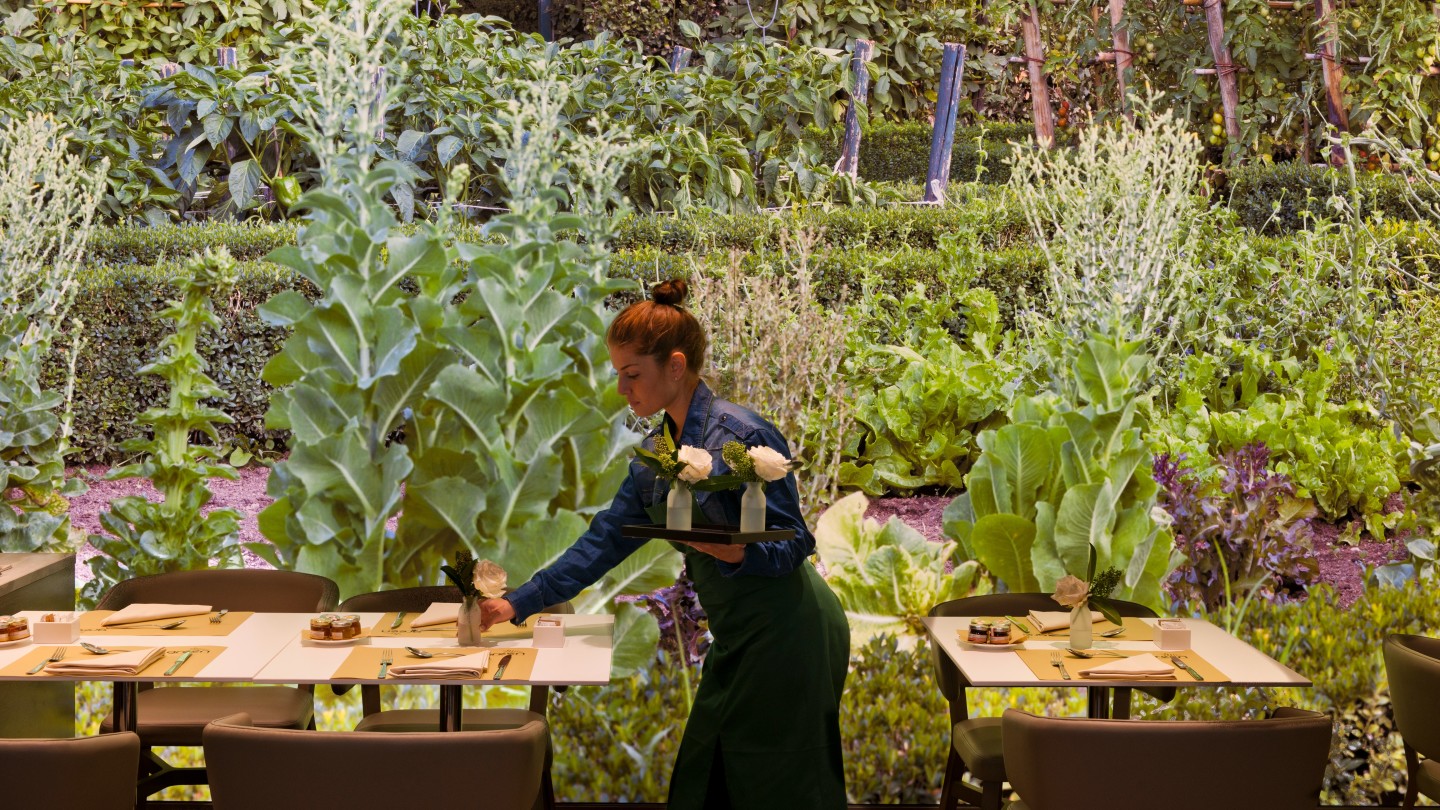
Roula Khalaf, Editor of the FT, selects her favourite stories in this weekly newsletter.
It’s a sunny lunchtime in Milan and Ratanà’s restaurant terrace hums with the chatter of affluent office workers from nearby Porta Nuova. Today’s hot topic is not the latest vogue-ish ingredients – the artisan pecorinos and Chianti naturales – but the elegance with which chef Cesare Battisti elevates the overripe, the discarded and the stale. My son declares his Milanese meatballs, formed from meat cuts first used to make a broth (and tenderised in the process) “nicely melty”. “Delizioso!” our neighbour exclaims into her asparagus risotto, a verdantly green creation assembled from recovered asparagus ends.
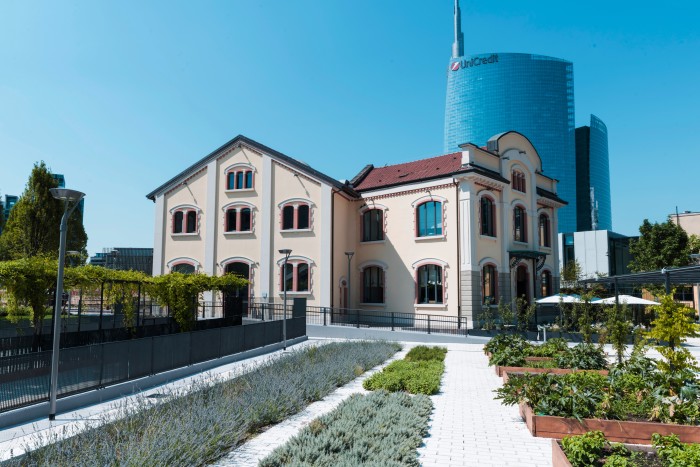
Ratanà is one of a growing number of low and zero-waste restaurants, cafés and stores springing up in a city that hopes to be a model for the circular urban economies of the future. The city’s bold “zero-waste” food policy, now in its seventh year, has created five zero-waste neighbourhoods across Milan in which supply chains are shortened, commercial zero-waste initiatives are encouraged and unused edible food is collected and redistributed to those in need. Every household is provided with a 120-litre biowaste bin, from which inedible food scraps are converted into biogas to fuel city vehicles and make plant fertiliser, offered free to gardeners and farms.
A pleasant 20-minute cycle ride via Parco Sempione (on cycles borrowed from Milan’s citizen cycle sharing app BikeMi) lands my partner, son and I in Zona Solari, a hip ex-industrial district in south-west central Milan where we visit La Sfuseria, a chic boutique with uplit black walls reminiscent of a Manhattan cocktail bar. Launched in July 2021, the store does a brisk trade in plastic-free, reusable and zero-waste food, cosmetics, detergents and household wares. I stock up on a patterned zero-waste reusable kitchen roll and a La Sfuseria “friendly box” for a friend who’s just had a child, choosing from practical gifts including natural sponges and softly scented soaps carved to order from La Sfuseria’s vast bulk soaps (“a chip off the old block?”, the gift card writes itself). Do they get a lot of tourists down here, I ask staff member Luca, as he loads my tote bag. “Actually, yes,” he says. “Especially when the design and furniture fairs are on in June and October. I think tourists like to buy useful things that don’t have a hidden cost to the climate.”
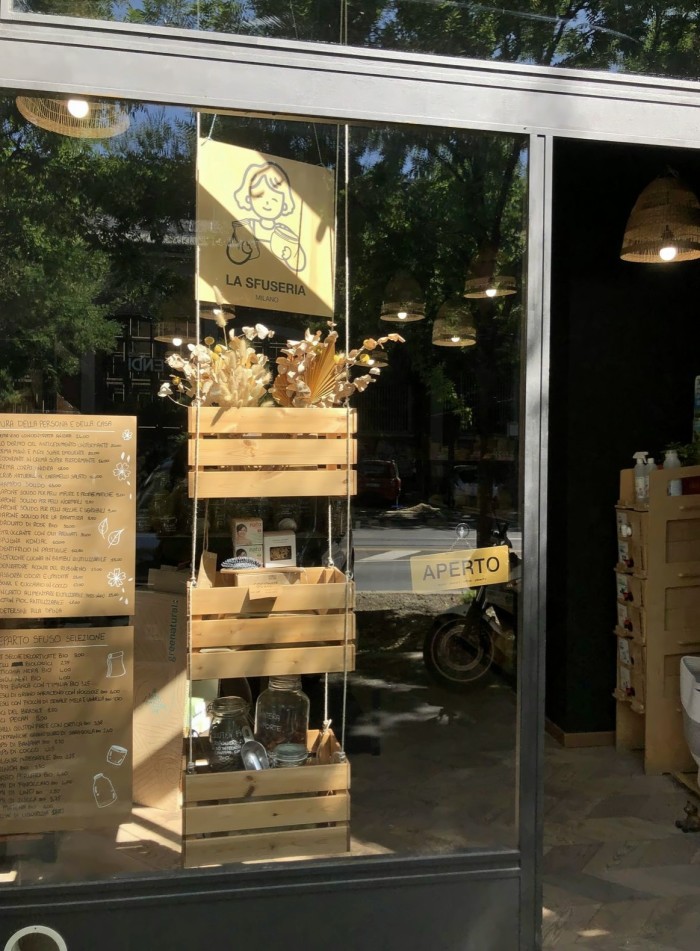
With the global fashion industry generating 92mn tonnes of waste a year, major Italian brands are at pains to advertise their eco credentials (take Versace, which is lowering the water toll of its clothing by incorporating recycled plastic into its couture brights), many with varying degrees of greenwash. We head to Older Studio in the moneyed residential district Risorgimento, where Danish/Italian design duo Letizia Caramia and Morten Thuesen make hard-wearing minimal-waste clothing and workwear, packaged in biodegradable bio-packaging and made from the sustainable fabrics of the future. I buy a stylish navy boiler suit that should see me through a decade (meatball intake permitting), and my other half picks up a pale blue linen-like jacket.
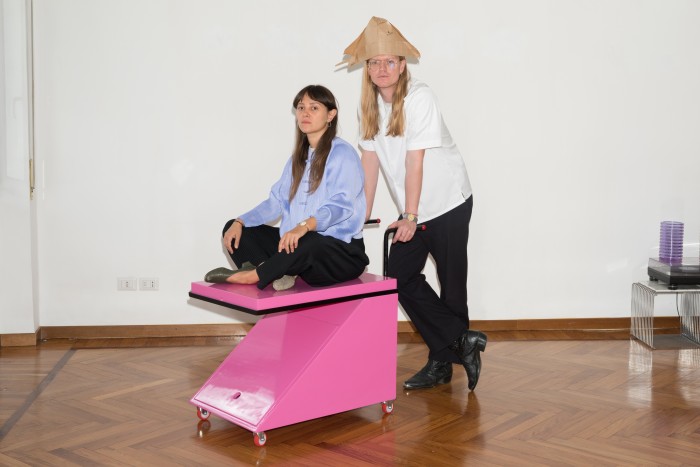
If anywhere encapsulates Milan’s zero-waste ethos – socially minded, but not scrimping on la dolce vita – it’s Refettorio Ambrosiano. This luxury soup kitchen (the name translates as “ambrosian refectory”) occupies a handsome abandoned church in a suburb of north-east Milan, a short metro ride north. Here top Italian chefs volunteer their time to create gourmet dishes from discarded food for all comers, including refugees, marginalised members of the community and overseas visitors.
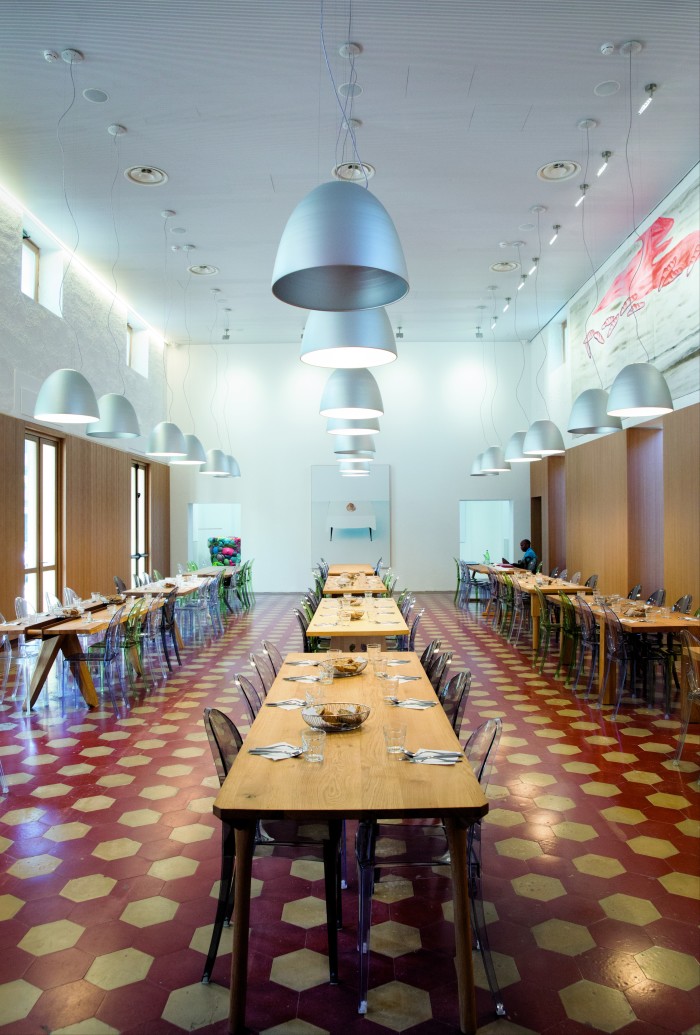
On the menu today, there’s freshly made cannelloni and courgette with fragrant herbs and mozzarella and, beneath designer industrial lamps and abstract friezes, I chat to refugee Katerina, who recently arrived from Ukraine. Refettorio Ambrosiano, she says, has made her feel part of the local community as she familiarises herself with the staples of Italian cuisine: how to prepare a simple pasta from seasonal ingredients; what to do with the myriad dried fungi decorating supermarket shelves. “It feels more like a good restaurant than a charity,” she says.
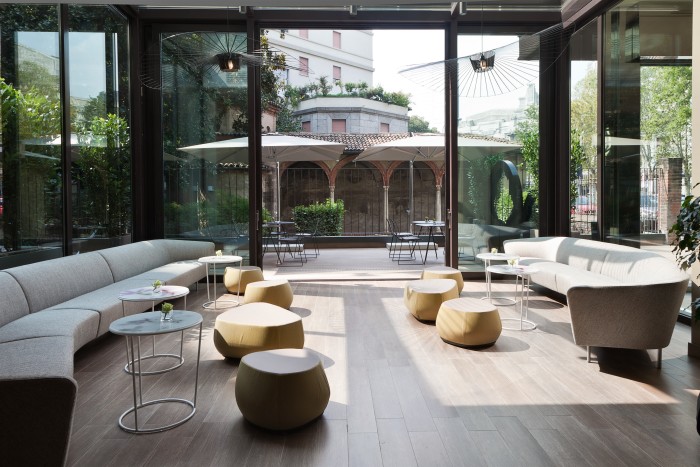
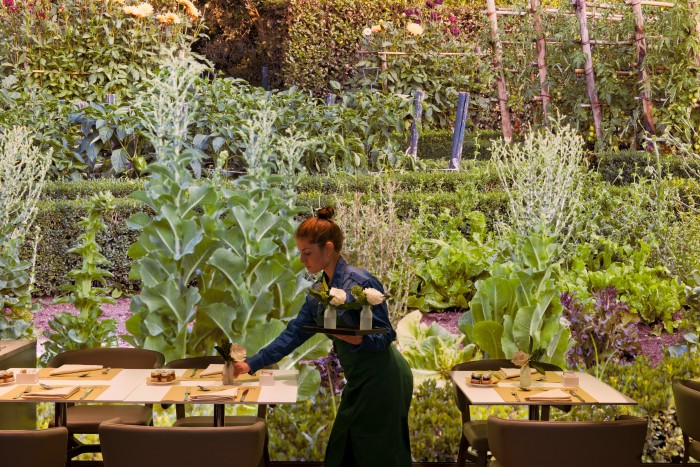
Home during our three-night stay is E.c.ho Milano, a 140-room hotel near Milano Centrale, where interiors are decorated with recycled stoneware and biodegradable PVC; solar panels provide lighting and power; heat produced by the air conditioning elements is used to warm bathroom water and recovered soapy water flushes toilets and irrigates E.c.ho’s forest of plants (the hotel calls this approach a “virtuous waste circuit”). In E.c.ho’s large foyer atrium, guests roam in hushed tones around Constellation Bonsai, an art installation whose branches bristle with 110 LED bulbs that glow, at sunset, with stored energy from the daylight sun. “Coooool,” my son says, in awe.
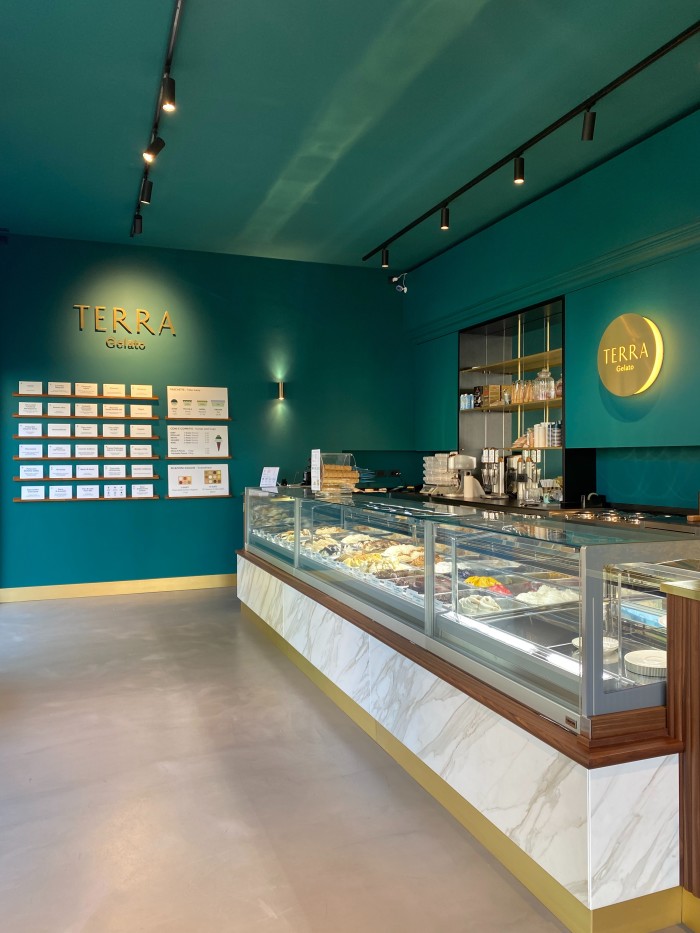
From one of the worst records in Europe (in 2015), Milan is on track to reduce its food waste by 200 tonnes of food a year by 2030 and the city’s model is being replicated by São Paulo, Melbourne and Seoul. What better way to celebrate the city’s success than with the favoured Italian digestivo (or post-dinner treat) of a gelato at an eco gelateria Terra Gelato on nearby Via Vitruvio? On Terra Gelato’s midcentury modern mezzanine, we fall upon zero-waste confections made from Tyrolean mountain milk: vivid Italian pistachio and decadent hazelnut. For a truly-zero waste experience we devour our gelato from scoop to cone tip. It’s only polite.
Sally Howard and her family drove from London to Milan, saving 0.68 tonnes of CO2 over comparable return flights
Comments